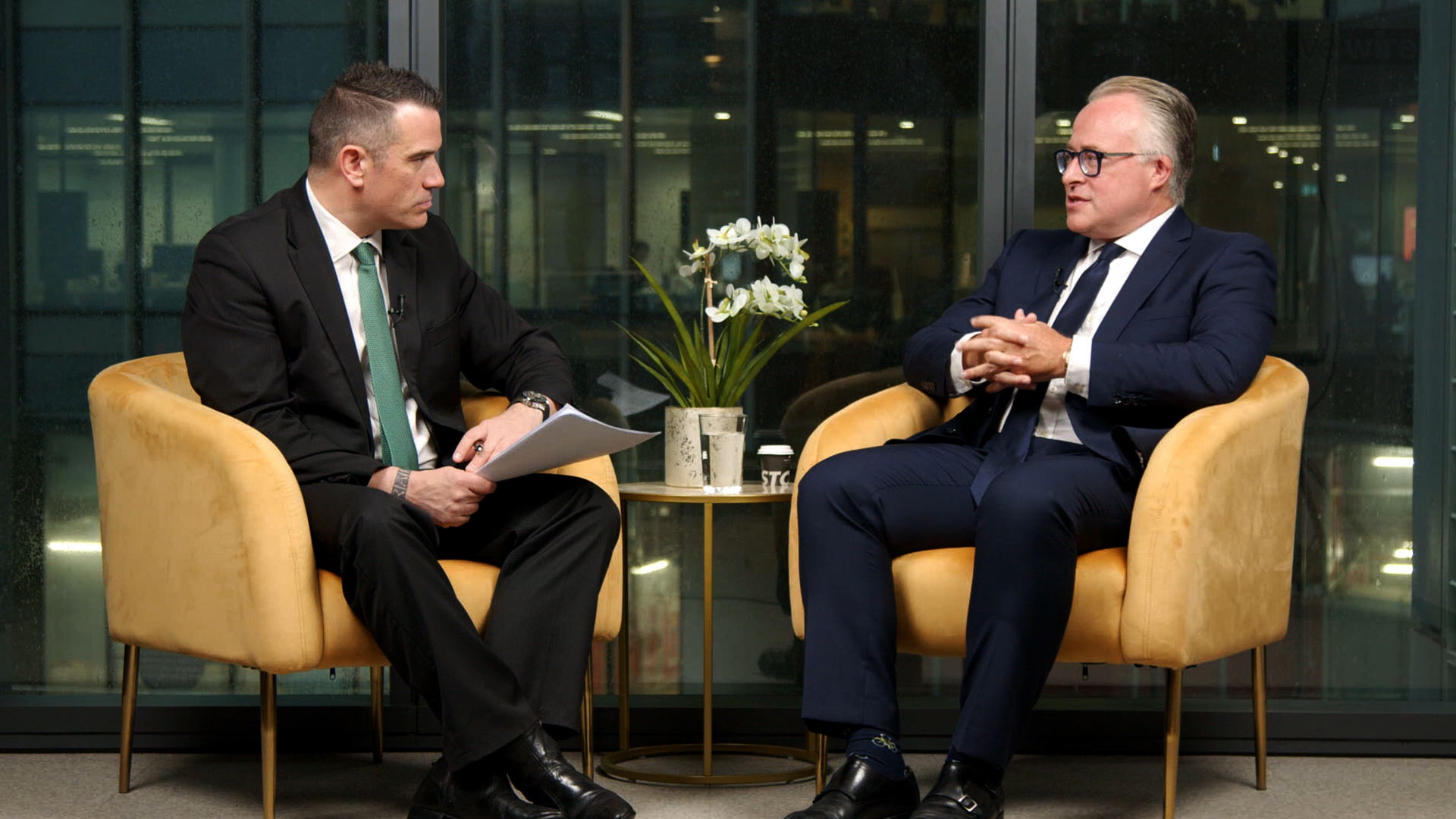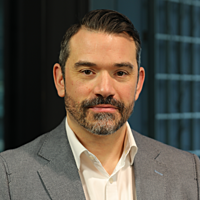Global property is making a comeback. You don't want to miss it
Please note that this interview was recorded Wednesday, 10 September 2025
Global real estate is at a turning point. After two years of correction, values are stabilising, and in many regions, beginning to rebound. For Australian investors who may be underweight offshore property, the shift offers both diversification and opportunity.
Few are better placed to assess this landscape than Shawn Lese, Chief Investment Officer and Head of Funds Management at Nuveen Real Estate, who oversees one of the world’s largest platforms with US142 billion under management across equity and debt strategies and as a top 5 real-estate manager globally.[1]
As Lese explains, the appeal of global real estate goes beyond chasing growth in different markets; it’s about resilience, diversification, and risk-adjusted returns.
“The global approach is going to give you diversification. It’s going to give you something different in different geographies at different times.
For example, you could have values - as has happened recently here - where they’ve been declining, but you could have values that have a much stronger basis someplace else in the world.
That gives you the opportunity to really pick and choose and look for your best risk-adjusted returns" says Lese.
In this wide-ranging conversation as part of Livewire's Alternatives on Focus series, Lese outlines why he believes the market has already hit an inflexion point, with positive valuation gains pointing to a runway of future returns.
He discusses the subsectors he sees as most compelling and how structural forces such as demographics, decarbonisation, and digitalisation are reshaping the built environment.
For the full experience, watch the video above, or read a short summary below.

INTERVIEW SUMMARY
A turning point for global real estate
Lese is clear that the worst of the correction is behind the sector.
“I think we’re at the turning point. In the United States, we’ve had three quarters of positive valuation increases already.
And when we look historically with that kind of a dynamic in mind, we see a nice runway for positive returns going forward" says Lese.
With valuations reset, interest rates trending marginally lower, and capital returning, he argues the case for stepping back into real estate is strengthening.
The most compelling subsectors
Asked where he sees the best opportunities, Lese highlights healthcare and necessity retail.
“I think one could look at medical office buildings, medical outpatient buildings, for example.
And even if you have some softness in the fundamental economy, you’re still going to have to get healthcare services.”
These assets combine resilience with attractive yields and are underpinned by ageing demographics globally.
Grocery-anchored shopping centres are another area of focus.
“Valuations have fallen to the point where you can’t even come close to replacing a grocery anchor shopping centre to build a new one relative to what it costs for you to buy one out in the market right now. So you’re talking 40% discounts to replacement costs.
No new supply is coming in that space for the foreseeable future, and yet the demand remains pretty robust.”
The impact of the three Ds
On longer-term themes, Lese points to demographics, decarbonisation, and digitalisation. He notes that population ageing and migration patterns are reshaping urban growth.
“Those cities that can create a liveable environment and have a high quality of life… are going to be attracting people. And I think you can see growth there.”
However, he cautions about oversupply risks in booming markets such as Austin and Nashville.
Banks return to the market
The conversation also covered financing dynamics. “Really, banks at that point [2022] pulled back and said, 'Hey, we don’t know where valuations are going. We don’t understand where interest rates are going. We’re going to step back from the market.”
By mid-2024, that stance had reversed.
“The banks were actually, I think, one of the catalysts that allowed for the capital markets to recover… they’ve returned to the market and provided what we call back leverage for the alternative lenders.”
The return of traditional lenders, combined with tighter spreads and a potential downward slope in yield curves, sets up a more supportive backdrop.
Europe’s re-emergence
Regional allocation was another focus.
“Certainly Europe has come back on the map this year as a very attractive place to be deploying capital.” Valuations fell harder than in the US, while political risks eased.
“I feel like the EU is a much more cohesive group right now… with that political stability issue settled and a real view of let’s stand on our own and let’s get the economy going.
I'm pretty enthusiastic about Europe as an investment location right now.”
Explore Nuveen's Global Private Real Estate Strategy here.
3 topics


